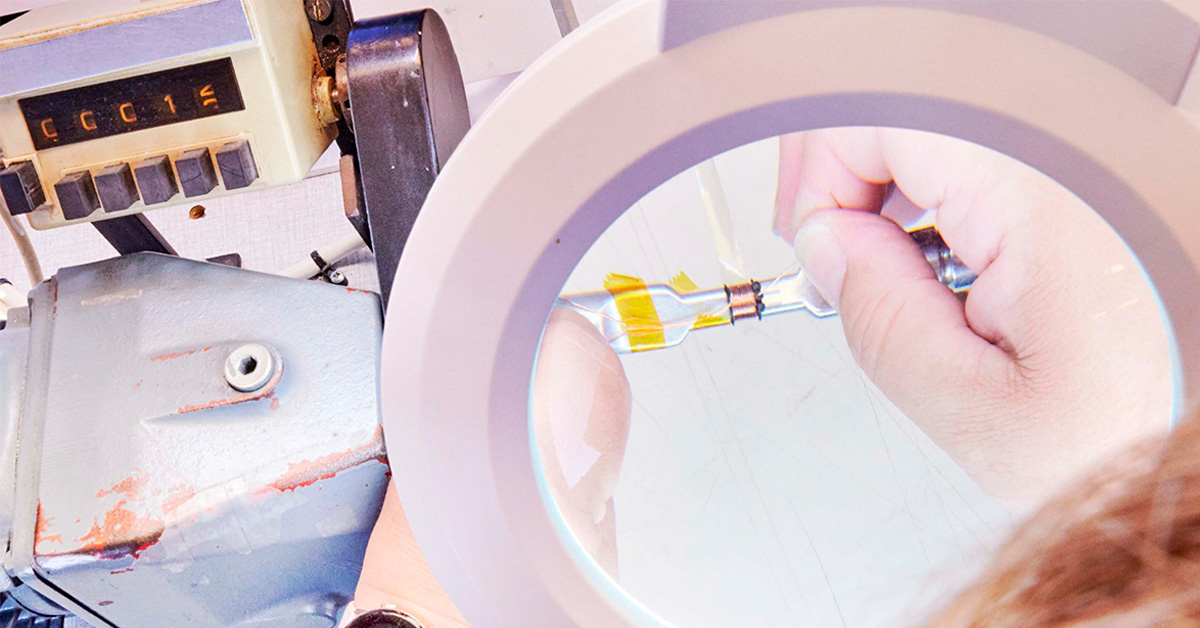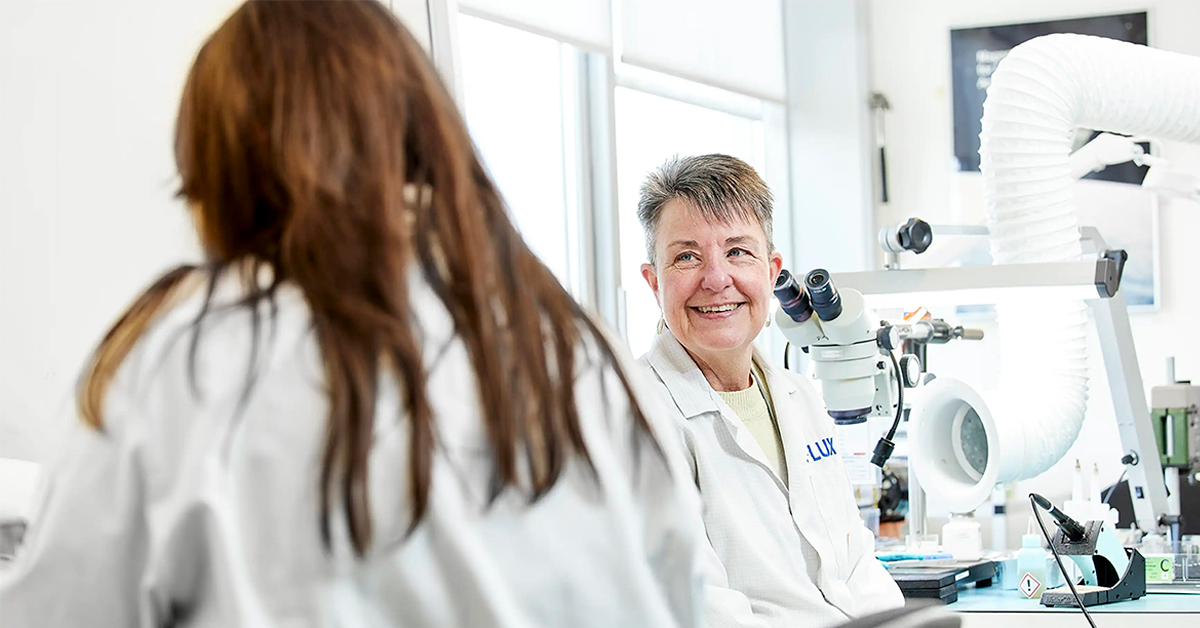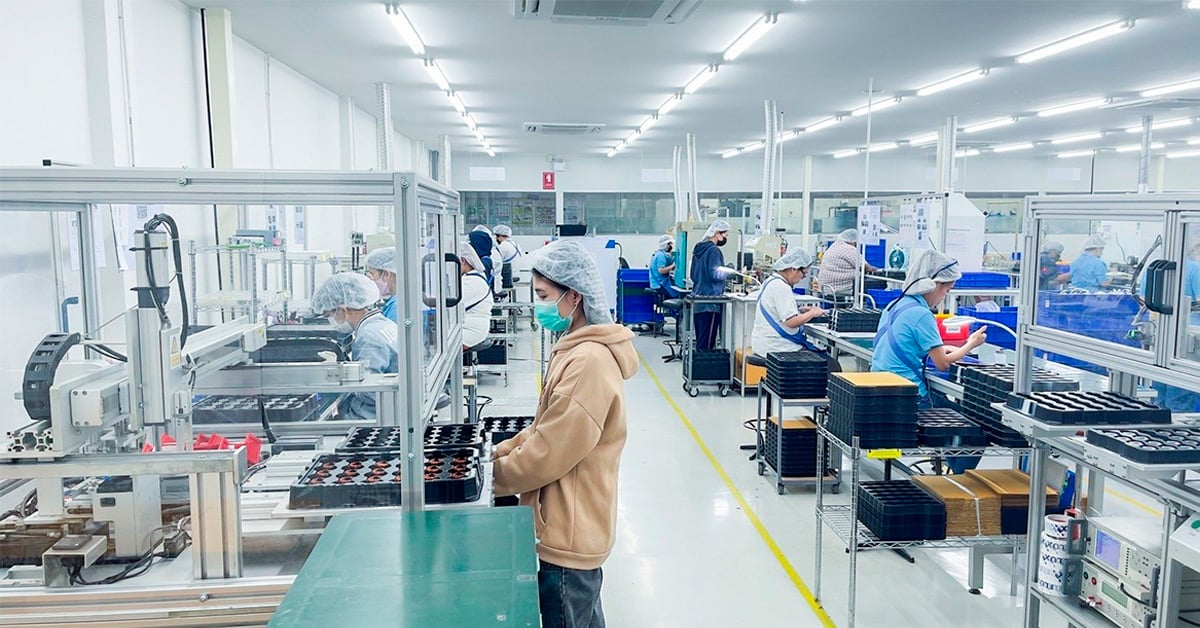Prototype the succes of your production
Prototyping may not be revolutionary but it’s inevitable to facilitate the best possible process between the manufacturer and the customer. Think of...
2 min read
![]() FLUX News Desk
Jan 11, 2023 11:19:27 AM
FLUX News Desk
Jan 11, 2023 11:19:27 AM

Below we have described and visualized 6 selected processes, to give you an insight into our production. We always want to do our best to explain our technical processes, so if you need a little extra information, get in touch with Lars A. Gregersen, our COO of Defence and Space, at the bottom of this page.
The art of manufacturing complex custom-made transformers for Space applications requires precision and skill when winding on coil formers. The conductors must be placed with precision in terms of mechanics and turns ratio. The same applies to various insulations that are part of electrical function, safety, and mechanical integrity. Each winding is marked by color tubes to ensure correct electrical testing and later in the process, mounting on pins. Each winding is inspected under a microscope and requires approval for the coil to pass on to the next process in the manufacturing flow.
Manufacturing inductive components for Space applications is delicate and time-consuming work. At Flux, we never waste time or money when processes can just as well be automated. An example is the pre-tinning of coil former pins. A robot can perform the highest quality pre-tinning, therefore it makes no sense for our operators to manually tin each coil former pin. Imagine the unnecessary time consumption, if a batch of 1.000 coil formers with 10 pins each were pre-tinned manually. Regardless, each pin is inspected under a microscope and approved for further process in any case.
There are many ways to remove enamel from wires. Flux's preferred process for Space applications is the chemical process. This process removes the enamel with a laser-like sharp cut into the enamel without any damage to the remaining material or copper conductor. Other methods may leave the enamel damaged, called a bubble zone, or mark the copper conductor, which is not desired in the perfect component. Flux has developed machinery that can strip multiple wires in the highest quality and the most exact dimensions.
When manufacturing high-voltage components for Space applications, it is a strict requirement that partial discharge cannot occur during missions. A partial discharge is a spark of energy created by a high voltage differential between conductors, where an air or gas pocket is located. Space components in general are vacuum-impregnated to eliminate any presence of atmospheric air in the construction. For high voltage inductors and transformers, it is required to test the integrity of the process on each component meant for flight mission. Flux's high-voltage products are used mainly for the electrical propulsion of satellites.
One of the most delicate processes in the manufacturing of inductors and transformers for space applications is the hand soldering of component's internal connections. The requirements are very high and very detailed - only perfection is allowed. One of the most prominent quality criteria applicable to components is the quality of the joints. Where the criteria for consumer electronics accept a certain margin of error, HiRel a higher percentage, space products are judged on the achievement of 100% perfection. All Flux operators are educated, examined, and certified to ESA’s international hand solder standard.
The electrical performance of inductors and transformers is roughly determined by the choice of core shape and material, in combination with windings and insulation. When more accurate designs are required, the specification can be further detailed by the adaption of the core, which defines the energy storage capacity of a transformer. To achieve state-of-the-art adaption of core material, Flux applies a process that involves plane grinding with a step capability down to a single micrometer. Each adaption process is tested using a test coil, and each core is tested several times throughout the manufacturing and screening of the final product.


Prototyping may not be revolutionary but it’s inevitable to facilitate the best possible process between the manufacturer and the customer. Think of...

We are washing, winding, mounting, proofing, and controlling. Our dedicated team goes through these primary procedures each time we produce...

As a result of constantly rethinking how we do business to improve our product outcomes and internal work procedures, we have expanded our production...